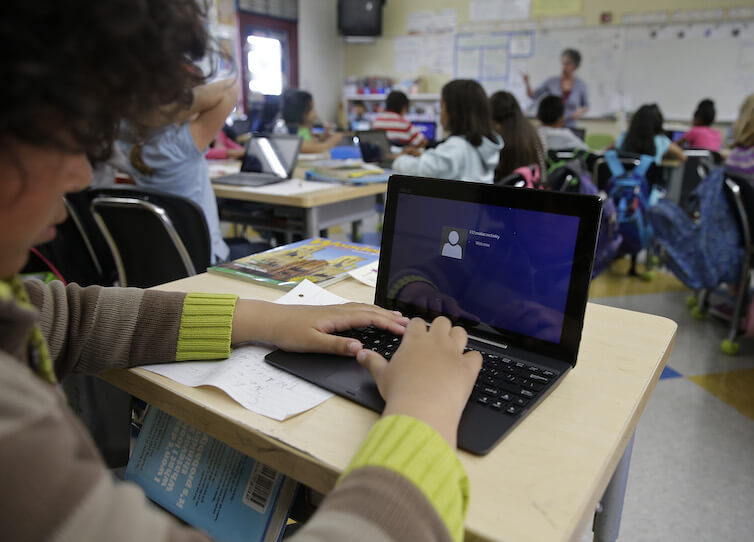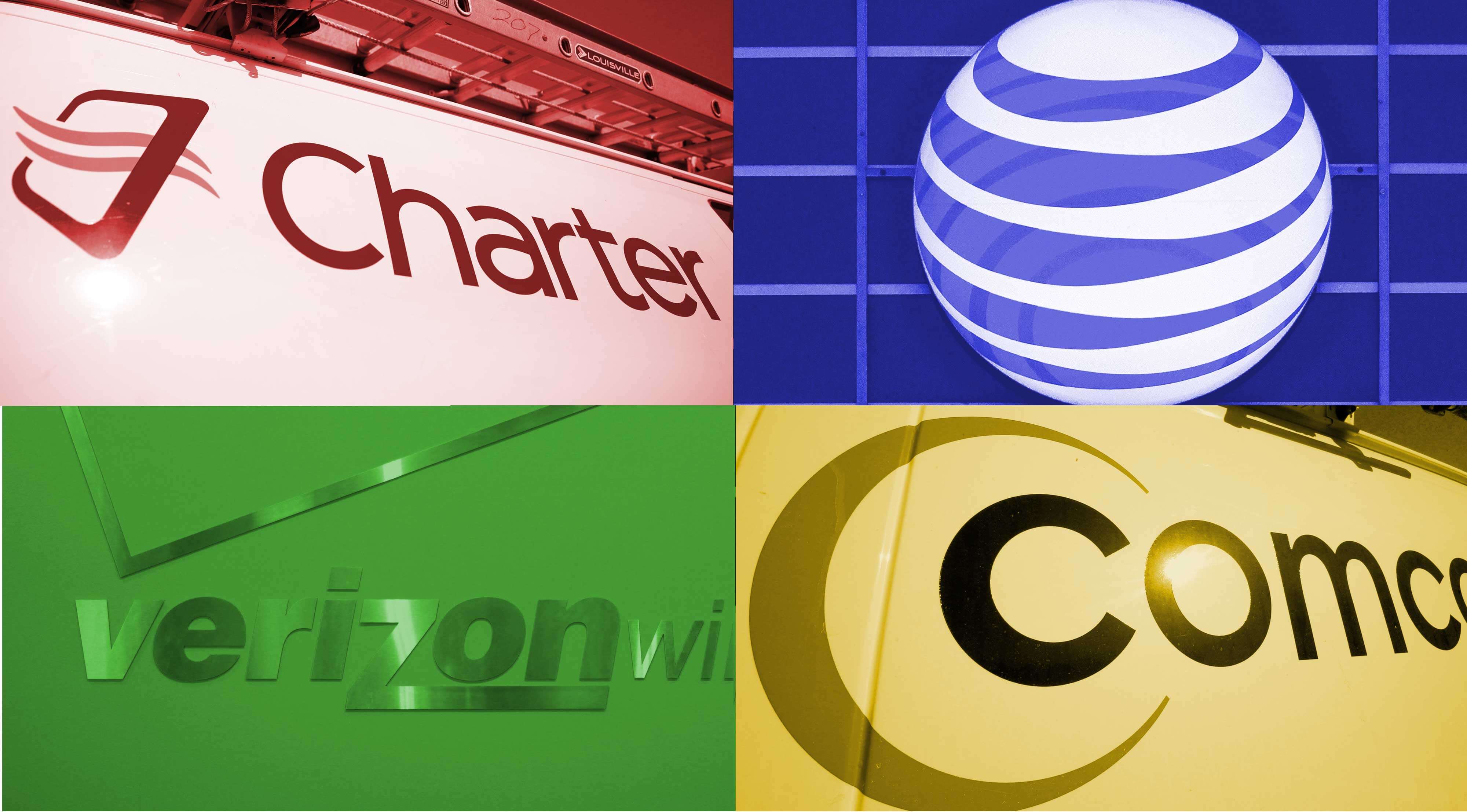Closing the homework gap: Why accessibility to high-quality broadband matters to U.S. schoolchildren

Nearly 5 million households with school-aged children in the United States lack high-quality broadband access at home. Known as the “homework gap,” this divide separates students who can support their schoolwork at home from those who can’t. These broadband-less students are often concentrated in low-income rural and outer suburban areas that are not served by high-quality broadband networks and are disproportionately students of color. With these characteristics in mind, it becomes easy to understand the reinforced socioeconomic divides and inequality that persist within low-income and racial minority communities in the United States.
According to the Pew Research Center’s analysis of the 2013 American Community Survey, 31.4 percent of households earning an annual income lower than $50,000 with school-aged children lacked broadband access in their homes. Additionally, 40 percent of those with annual incomes lower than $25,000 lacked broadband access at home, and this percentage was even greater among black and Hispanic households, where nearly one in two households lacked access to broadband at annual income levels lower than $25,000. Overall, the survey found that 5 million households with school-aged children lacked high-speed internet service at home, with low-income black and Hispanic families making up a disproportionate share.
By comparison, just 3.3 percent of children in families earning more than $150,000 per year lacked broadband in the home, including 3 percent of children in white households, and just 2.1 percent of children in Asian households. Even at income levels higher than $150,000 per year, black and Hispanic children fell around 4 percentage points behind children in white and Asian households. This means that regardless of income levels, children in black and Hispanic households disproportionately lack broadband at home and have greater difficulty in overcoming the homework gap as classrooms become increasingly reliant on needing internet access to complete homework.
Research by Federal Communications Commission senior economist Alexsandr Yankelevich and communucations professors Bianca Reisdorf and William Dutton at Michigan State University and Mitchell Shapiro at the University of Miami lays out the case for why the internet has become an integral component of everyday life and why internet-related skills have become increasingly important for individuals to remain competitive in the 21st century. The federal government has made investments in programs such as Educational Broadband Spectrum for the delivery of broadband to low-income schools, but supplying students with the technology required to complete many homework assignments in schools alone is insufficient if a child lacks broadband at home. The study further argues that even when broadband is brought into low-income communities, it doesn’t always translate into an uptick in usage. The co-authors conclude that “broadband has the potential to prevent students from disadvantaged socio-economic backgrounds from being left further behind their peers” because even when broadband is made available in low-income communities, it doesn’t make a difference if access remains unaffordable to individual households.
There is limited data on how this homework gap affects income inequality later in life, but there is already data to show that low-income students, especially black and Hispanic students, are falling behind in their classrooms. A review by the Brookings Institution on the 2017 National Assessment of Education Progress, or NAEP—the largest nationally representative and annual assessment of what U.S. students know and how they are performing in various subject areas—points to some progress made among black and Hispanic students over the past several decades, but the results vary widely across states that have made greater investments in broadband versus those which have not. Overall, when combining math and reading scores in the NAEP results, the white-black achievement gap is down 0.15 standard deviations in fourth grade and 0.11 standard deviations in eighth grade over the past 15 years. Among Hispanic students, the gap is down 0.15 and 0.2 standard deviations in fourth and eighth grade, respectively, during the same period.
While this progress is promising, when looking at a state-by-state comparison, the contrast is a little starker. States traditionally lacking access to quality broadband lag behind states that have made greater investments in their broadband systems, with children in the Appalachian South having the smallest gains in closing the achievement gap. These states saw less than 0.05 standard deviations across the board. Sean Reardon, a 2014 Washington Center for Equitable Growth grantee, expanded on this breakdown, examining the academic achievement gaps that persist between students from families in the top 90th percentile of income-earning households versus those in the bottom 10th percentile. In his analysis, he found that the achievement gap among children from high- and low-income families has grown by 30 percent to 40 percent among children born in 2001, compared to those born in 1976.
Increasingly, homework demands the use of the internet, with 94 percent of school districts serving low-income populations reporting that some of their teachers assign internet-based homework, including 73 percent of high schoolers reporting the need to use the internet outside of school daily. And when 40 percent of households with school-aged children and incomes lower than $25,000 lack broadband at home, low-income students face significant obstacles completing homework and applying to colleges, and are often forced to miss extracurricular activities that help enhance college admissions and going on to obtain a college degree. This is why academics must continue to study the effects of individuals who lack access to high-quality broadband in order to provide policymakers with more evidence about the links between the homework gap and economic inequality.



